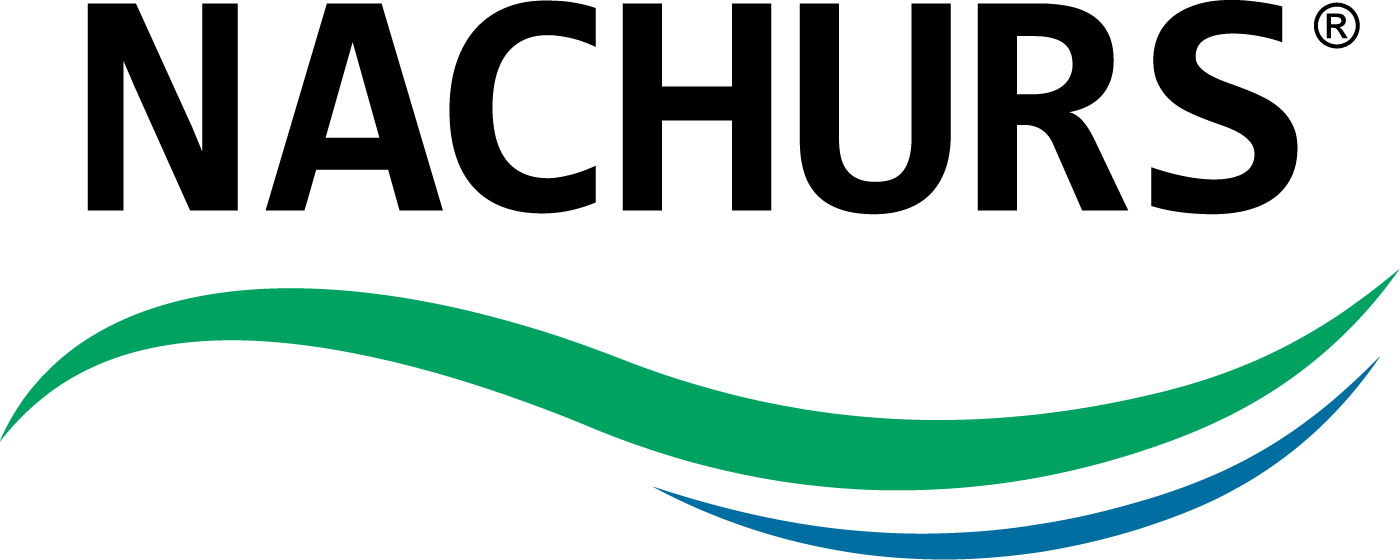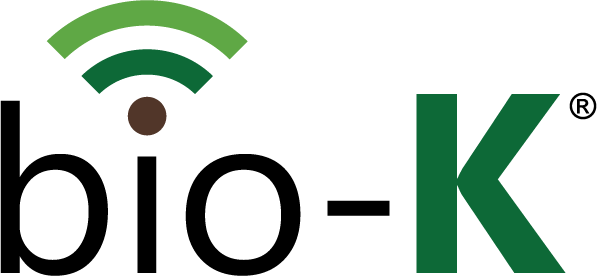Flood 2019
Two weeks ago Nebraska experienced the worst flooding it has seen in over 100 years. The totality of the devastation is still to be determined. Entire towns were engulfed with flood waters that may in practicality erase these towns completely. It happened so fast that people barely had time to evacuate with only the clothes on their backs. Roads and bridges washed away so fast that people were stranded. Lives were turned upside down. When the story broke on the national news channels I began to get many phone calls checking to make sure I was okay. I live in an area that was not affected so I was fortunate. My co-workers at NACHURS checked to make sure everybody in our work family were okay; thankfully our NACHURS team made it through unscathed. It is comforting to know that people care.
Now that the water has receded it is hard to say how the floods will affect this year’s crop season. Many fields have a new layer of silt and sand covering the fertile soil. Livestock operations were hurt badly and monetary losses are over a billion. The frustration and stress is building with each and every additional rainfall. Most farms affected are taking things one day at a time, doing daily chores then working to clean up their homes and seeing what can be salvaged. Everyone in affected areas are piecing their lives back together, both town folk and farmers alike. It’s going to be a long road to recovery. With that being said, if farmers have questions about fertility and agronomy call your NACHURS DSM or Agronomist.
Nebraska is often looked at as flyover country with nothing to see... nothing ever happens in Nebraska. There is a certain amount of truth to that, but that’s how we like it. We work hard, we take care of our families and neighbors, and we live relatively simple lives. Nebraskans have a reputation of being nice, polite and courteous. When natural disasters occur in other parts of the country often times Nebraskans are there volunteering to help others. In the last week “ flyover country ” has become the current American focal point. It is astonishing and very humbling to see the amount of help pouring into Nebraska from across this nation. Truckload upon truckload of supplies and hay for livestock are pouring in to affected areas. This is America. Nebraska thanks you. God bless you all and God Bless America!












